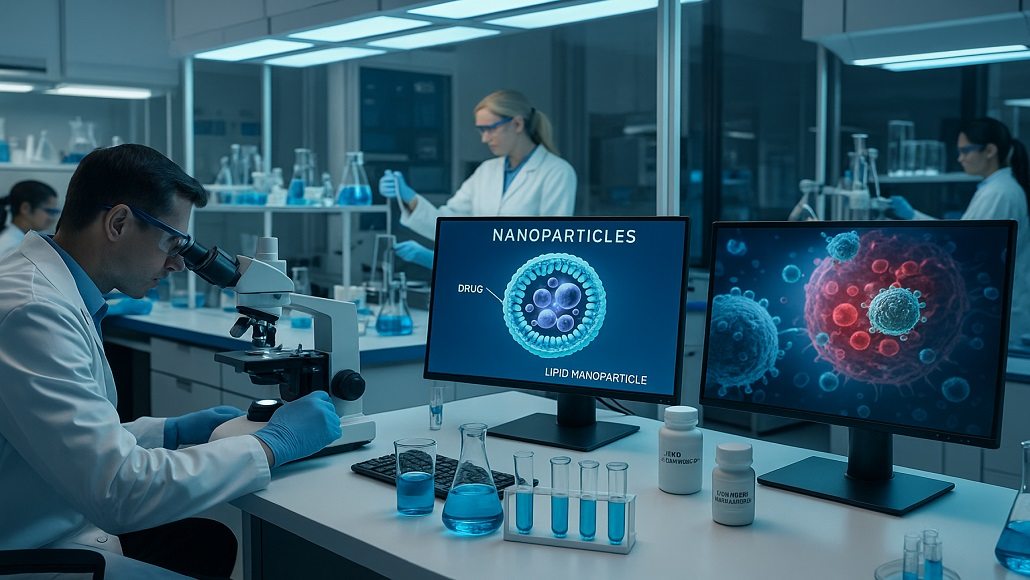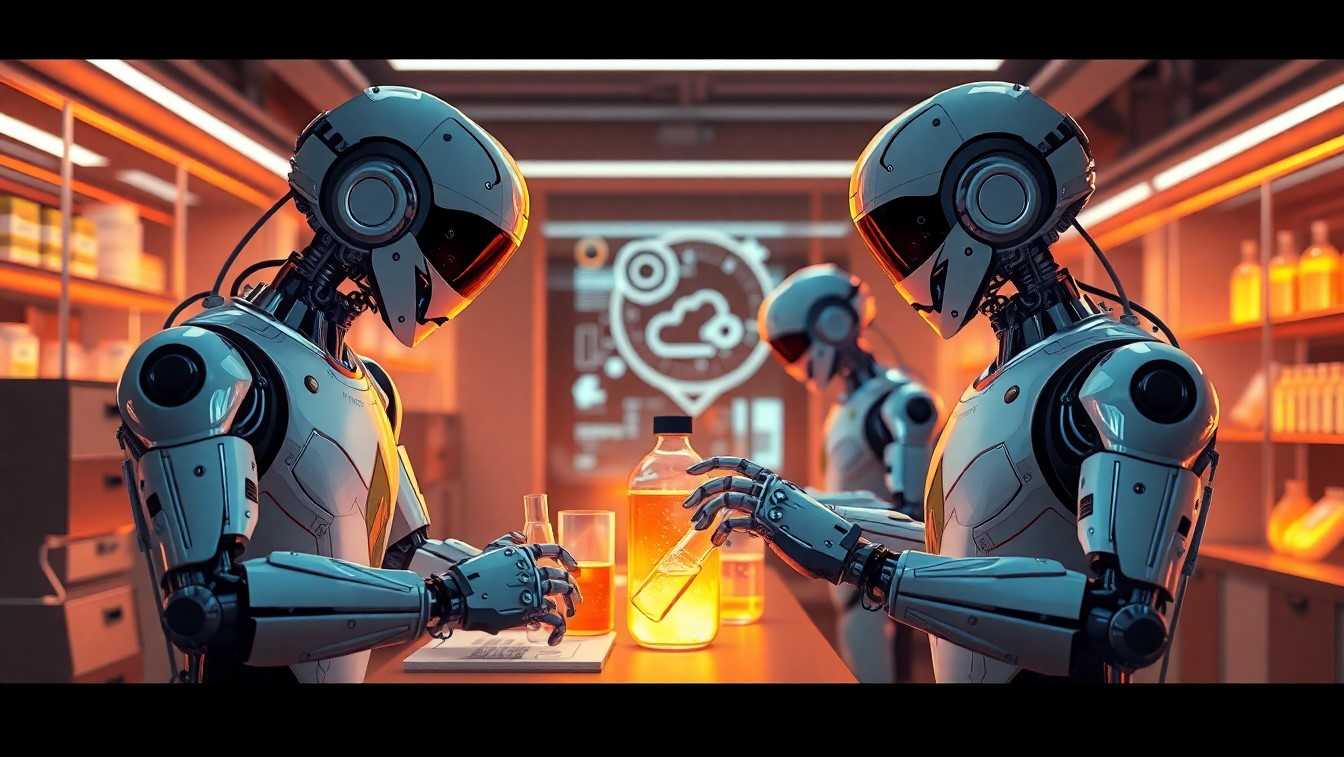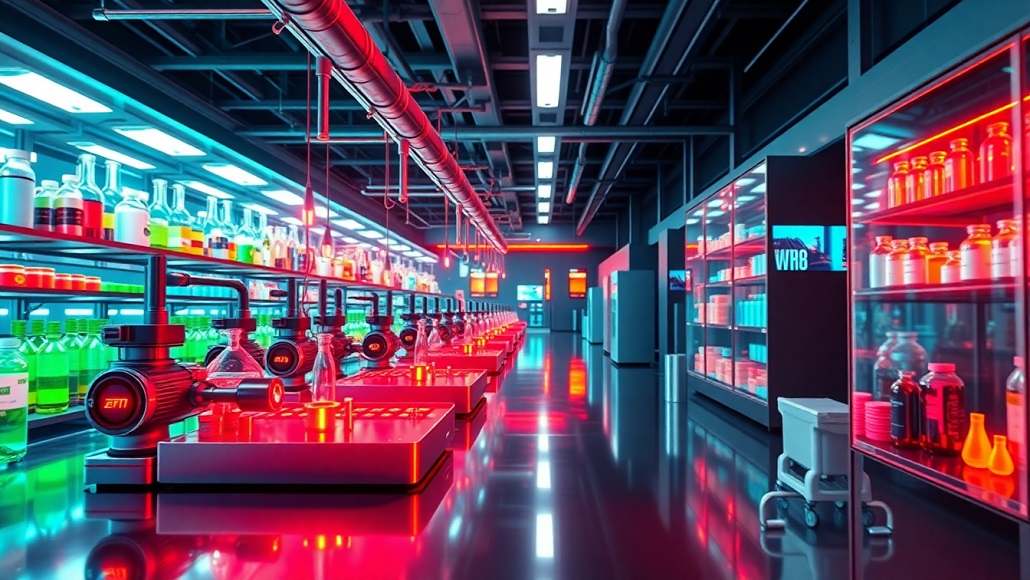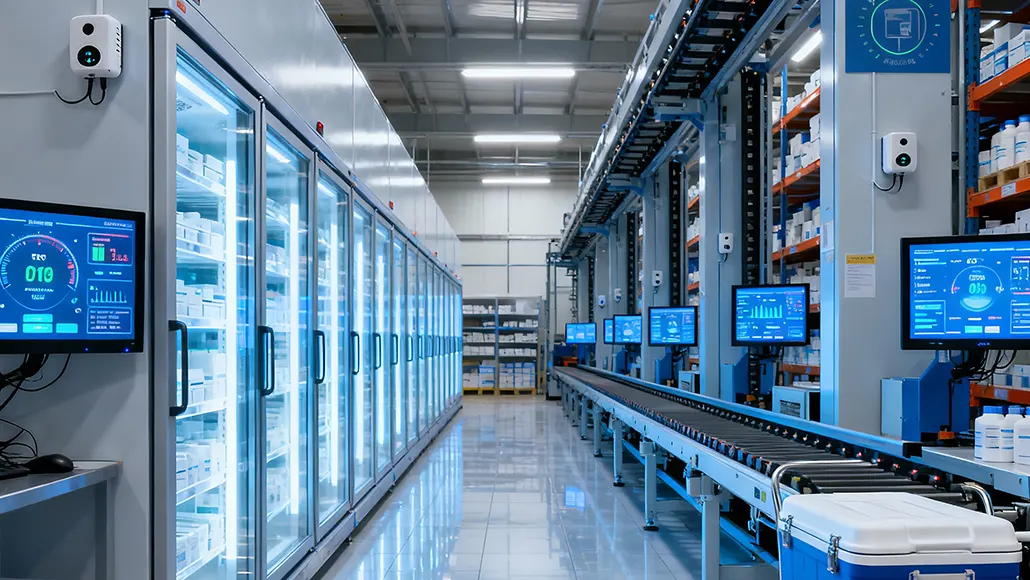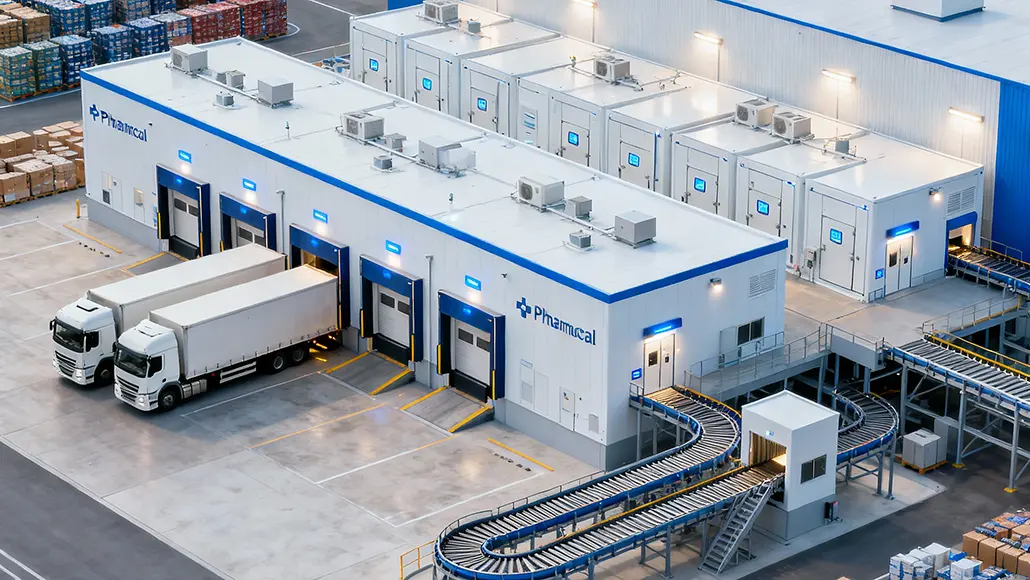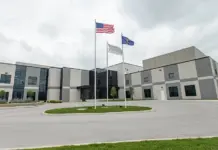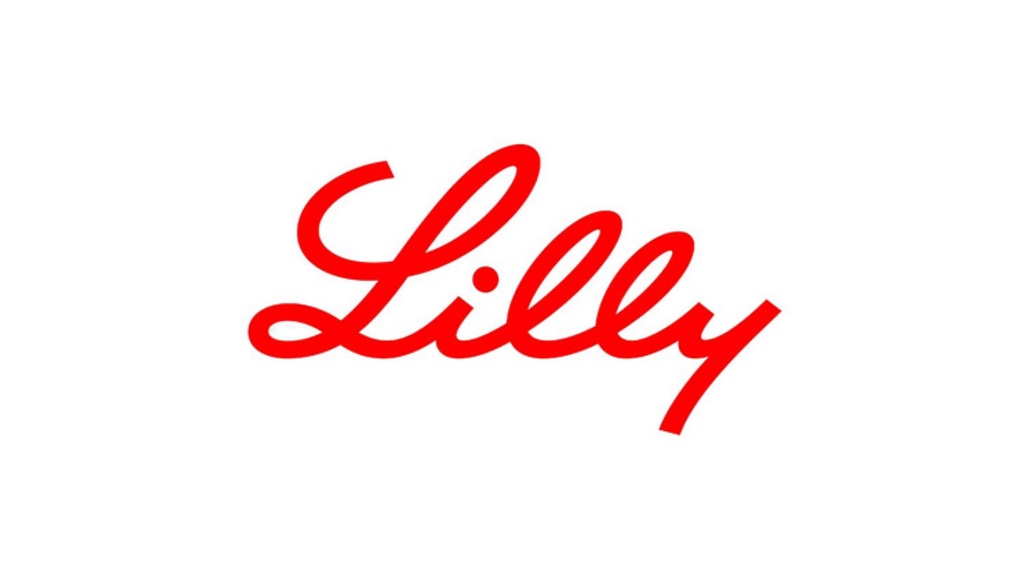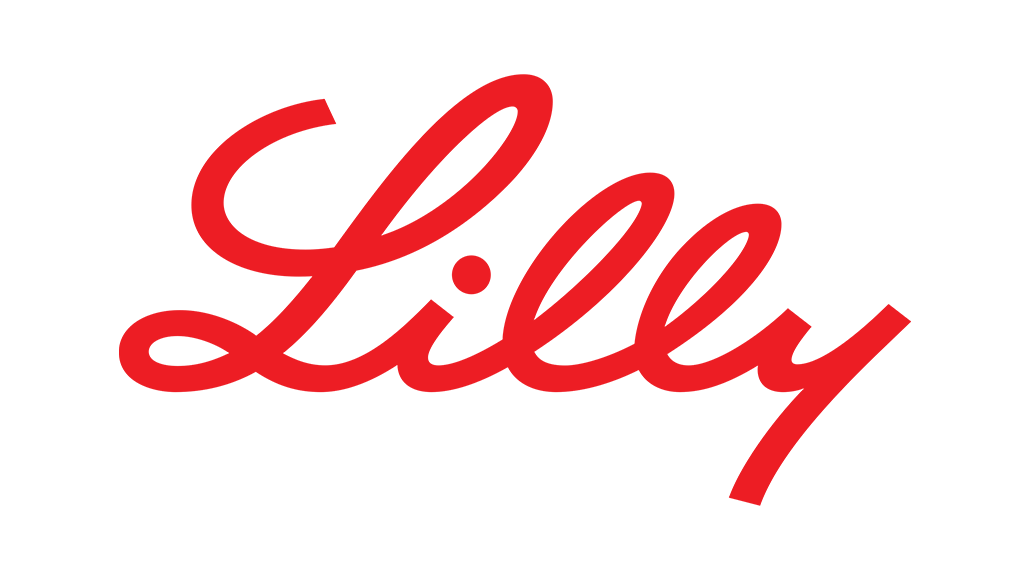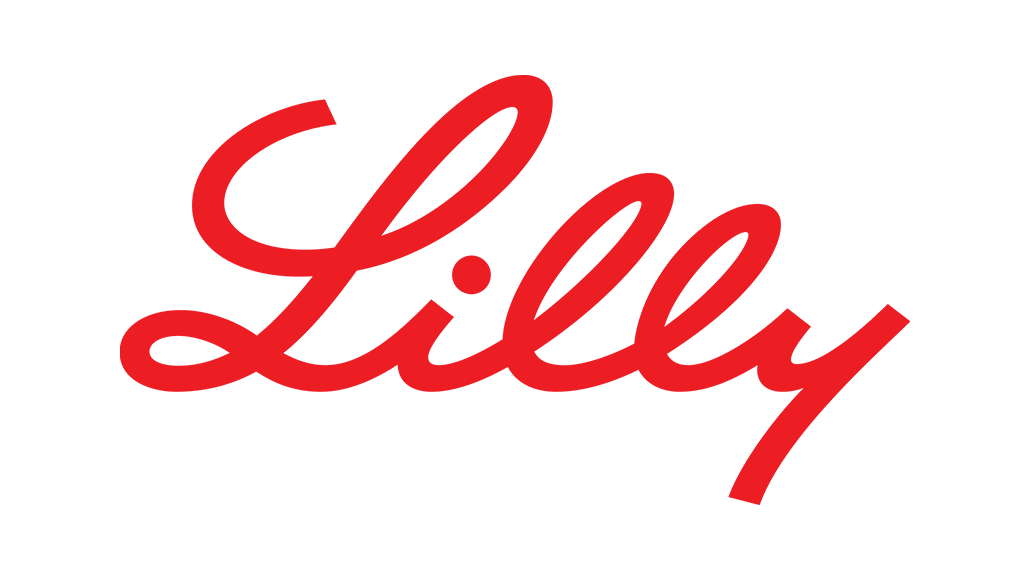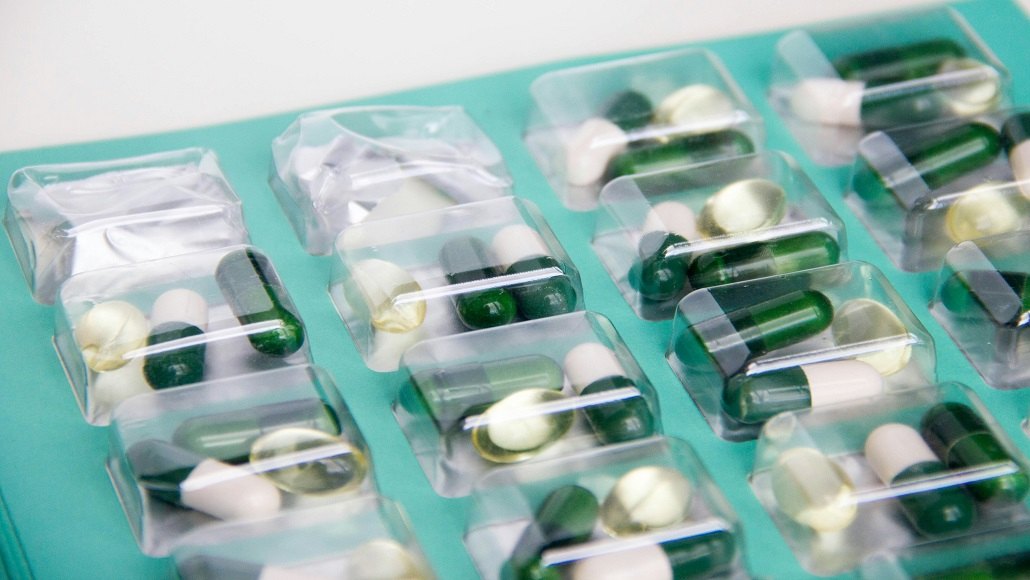The drug delivery spectrum is undergoing a transformative evolution and is driven by emerging clinical requirements, advancements when it comes to technology, and a rising focus on patient-centric solutions. As the global pharmaceutical
Industry is witnessing fast changes; the key elements when it comes to drug delivery technologies and trends for 2025 and beyond are all set to rediscover the way therapeutics are created and administered. These kinds of innovations look forward to enhancing the efficacy, decreasing the systemic side effects, and also elevating patient convenience, thereby making sure that the right drugs reach the right patients at the right time in the right way.
Right from nanotechnology to advanced control release systems, these unmatched breakthroughs are addressing the long-standing barriers when it comes to drug delivery technologies. While at the same time, they pave the way for revolutionary methodology of treatment. This kind of comprehensive exploration underscores the critical trends that are shaping the industry’s future.
Biologics along with large molecule delivery
The growth of biologics such as monoclonal antibodies, gene therapy, and vaccines has been the foundation of pharmaceutical innovation. But their complexity and sensitivity when it comes to large molecule drugs happen to present distinct delivery challenges. These are often not stable, face degradation in terms of enzymatic and also showcase poor bioavailability when, in case they get administered by way of traditional routes such as oral ingestion.
So as to address these kinds of challenges, advanced delivery technologies are getting developed. Subcutaneous injectors, which are capable of rolling out high-viscosity biologics, are gaining a lot of speed as patient-friendly choices to traditional intravenous methods. Along with that, equally transformative is the usage of lipid nanoparticles (LNPs) when it comes to delivering mRNA-based therapeutics, as it is demonstrated by the fast development of COVID-19 vaccines. These carriers safeguard biologics from degradation, and at the same time they facilitate exact delivery in order to target cells by ensuring maximum efficacy.
Going forward, inventions like implantable delivery systems along with oral biologics are anticipated to broaden the treatment choices as far as chronic diseases are concerned, thereby offering patients much better convenience as well as enhanced adherence.
Nanotechnology-led drug delivery
It is well to be noted that nanotechnology happens to be at the forefront when it comes to drug delivery advancements, thereby transforming the way therapy gets designed as well as administered. Nanoparticles like dendrimers and liposomes, along with polymeric nanocarriers, are helping unmatched levels of precision along with specificity. These nanoscale systems can help with the encapsulation of drugs and also roll them out selectively so as to target tissues or cells, thereby lessening the systemic exposure along with adverse effects.
It is worth noting that oncology happens to be one of the major applications of nanotechnology, wherein the drug delivery systems based on nanoparticles are revolutionizing cancer treatment. These systems help with the targeted delivery of chemotherapeutic agents right into the tumor cells, thereby decreasing damage to healthy tissues. Nanotechnology also plays a very important role as far as crossing the biological barriers like the blood-brain barrier and facilitating the treatment of neurological disorders like Parkinson’s disease, along with Alzheimer’s.
Interestingly, by 2025, the development of multifunctional nanocarriers is anticipated to broaden further, thereby offering combination therapy, on-demand drug release capacities, and real-time diagnostics.
Advanced controlled release systems
Apparently controlled-release drug delivery systems go on to represent a major leap forward when it comes to therapeutic design, thereby letting the drugs be released at a rate that is predetermined through an extended period. This kind of innovation not just enhances the compliance in patients by way of reducing the dosing frequency, but it also makes sure that there are continuous therapeutic levels that are maintained along with elevating efficacy.
Microspheres, biodegradable implants, and hydrogels are some of the many technologies that help in advanced controlled release systems. These systems are especially valuable when it comes to chronic conditions like schizophrenia, diabetes, and pain management, where long-term drug administration plays a crucial role. For example, if you talk about polymer-based implants, which release medication in a span of several months are offering novel solutions in the case of conditions that traditionally needed consistent injections.
It is worth noting that even the ophthalmology sector is also benefiting from these advancements due to sustained release systems being used for diseases like macular degeneration or glaucoma. These systems happen to deliver drugs right into the eye, thereby decreasing the systemic exposure, and at the same time offer continuous therapeutic effects.
Innovations in inhalation delivery
Importantly, inhalation delivery is emerging as one of the major areas when it comes to offering a non-invasive and effective route for administration of small as well as large molecules. Traditionally linked with respiratory conditions such as asthma along with chronic obstructive pulmonary disease (COPD), inhalation technologies are now getting extended to systemic therapy, which includes both biologics and vaccines.
Notably, advancements in dry powder inhalers along with nebulizers are also helping the delivery of high-potency drugs, having enhanced efficiency and decreased side effects. Devices that are equipped with digital tracking features are making patient adherence more sophisticated by way of offering real-time feedback along with reminders. In addition to this, inhalation delivery systems are also being explored as far as the treatment of infectious diseases is concerned by leveraging the large surface area of the lungs for fast absorption. The development in terms of inhalable mRNA vaccines, for instance, happens to represent a very promising element within drug delivery, which combines both efficacy and convenience.
Microneedles along with transdermal patches
The demand when it comes to non-invasive drug delivery methodology has also driven significant advances within transdermal patches as well as microneedle technologies. These systems go on to offer an alternative to oral as well as injectable routes, thereby offering controlled and painless delivery of drugs.
Apparently, transdermal patches, which go on to administer drugs through the skin, are getting used for a broad range of applications, right from pain management to hormone replacement therapy. The recent innovations that have taken place have improved the permeability of such patches by helping the delivery of larger as well as more intricate molecules.
On the other hand, microneedles are indeed revolutionizing vaccine delivery along with chronic disease treatment. These tiny needles, which are skin-penetrating, are virtually painless and eradicate the requirement for traditional hypodermic needles. When mixed with dissolvable or biodegradable materials, microneedles provide a sustainable and patient-friendly solution when it comes to long-term therapy. Their capacity to deliver vaccines along with biologics effectively makes them a very attractive choice as far as global immunization programs are concerned.
Smart drug delivery devices
It is well to be noted that the integration when it comes to digital within drug delivery technologies is yet another major trend that is shaping the future. Smart delivery devices like connected injectors, along with wearable systems, are elevating patient adherence and offering valuable data when it comes to customized treatments. Wearable injectors help the delivery of large-dose biologics for extended times by making them perfect for chronic conditions like rheumatoid arthritis or even cancer. These devices are designed in order to make use of them at home and also reduce the burden on healthcare setups while at the same time elevating patient convenience. Digital health technologies like cloud-connected monitors along with mobile applications are also being embedded within the drug delivery systems in order to monitor patient adherence as well as therapeutic outcomes. These innovations are cropping up a more holistic approach when it comes to healthcare, where the drug delivery gets seamlessly integrated within broad disease management strategies.
Regulatory along with market implications
As the advanced drug delivery technologies go on to enter the mainstream, regulatory frameworks are indeed evolving so as to make sure of efficacy, safety, and even quality. Regulatory bodies like EMA as well as FDA are issuing certain guidelines in order to validate and approve innovative delivery systems, underscoring the requirement for robust evidence along with compliance. From a market standpoint, the drug delivery system is all set for major growth. Analysts anticipate that the global drug delivery market is going to surpass $1.5 trillion by 2025 and will be driven by advancements within smart delivery systems that are targeted and controlled. This kind of progress goes on to reflect the sector’s commitment when it comes to addressing the medical needs, which are still unmet, while at the same time enhancing the patient outcomes.
Conclusion
The future of a phenomenon called drug delivery technologies is indeed a dynamic interplay of technology, innovation, and a patient-centric approach. Major trends and technologies within drug delivery for 2025 and beyond highlight the relentless pursuit of the industry for better therapeutic solutions and also address barriers like poor bioavailability, systemic side effects, and patient noncompliance. Right from biologics and nanotechnology to microneedles and transdermal patches and even drug delivery devices, these advancements are indeed shaping the pharmaceutical industry. By embracing these technologies, pharmaceutical companies are not only enhancing patient care, but they are also gaining a lot of competitive edge in a market that is increasingly intricate and highly demanding. As the sector marches forward, cutting-edge delivery systems, integration along with advanced analytics, and real-time tracking are indeed going to define the next healthcare era by making sure that therapies are not just effective, but they are also sustainable, accessible, and customized to every individual.





